Click on image for full size
Image courtesy NASA/JPL-Caltech/R. Hurt (SSC-Caltech)
New planetoid named Sedna discovered
News story originally written on March 17, 2004
Astronomers have discovered a new planetoid at the far edge of our Solar System.
The new object, named Sedna, is probably almost as big as the smallest planet,
Pluto.
Sedna is very, very far away. It is more than twice as far from the Sun as
Pluto, and about 90 times as far from the Sun as Earth. Sedna is probably a
huge ball of ice. The ice is reddish in color. There are probably chemicals
in the ice that make it red.
Sedna orbits the Sun once every 10,500 years. Its orbit takes it out to about
900 times as far from the Sun as the Earth. Scientists aren't quite sure where
Sedna fits in with the rest of the Solar System. It is too far out to be part
of the Kuiper Belt, and too close in to be part of the Oort
Cloud.
Since Sedna is very cold because it is so far from the Sun, the astronomers
who discovered it decided to give it a name from a myth from people who live
near the North Pole. Sedna is the name of the sea
goddess in Inuit mythology.
You might also be interested in:
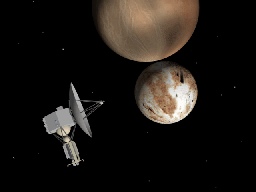
Pluto is a frigid ball of ice and rock that orbits far from the Sun on the frozen fringes of our Solar System. Considered a planet, though a rather odd one, from its discovery in 1930 until 2006, it was
...more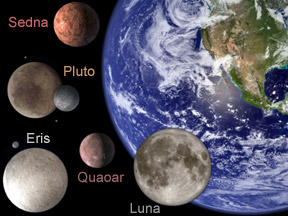
Do you know what a planet is? If so, you are doing better than professional astronomers! Right now astronomers aren't quite sure how to define a planet. Maybe you've heard that some astronomers think Pluto
...more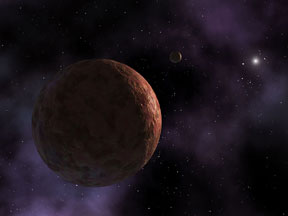
The outer edge of our Solar System is not empty. There are many huge spheres of rock and ice out near Pluto's orbit and beyond. Astronomers have a name for everything further out than the planet Neptune.
...more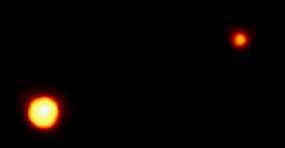
Pluto has been officially demoted from its status as a planet. The International Astronomical Union (IAU), at a meeting in August 2006, voted on their first "official" definition of a planet.
...more
Astronomers have discovered a new planetoid at the far edge of our Solar System. The new object, named Sedna, is probably almost as big as the smallest planet, Pluto. Sedna is very, very far away. It is
...more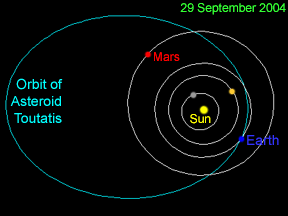
A large asteroid passed near Earth on September 29, 2004. How close was it? Not close enough to worry about! Asteroid Toutatis passed within about 1.5 million kilometers (961 thousand miles) of Earth,
...more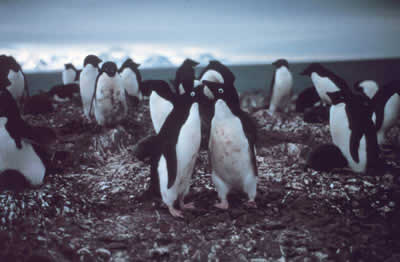
Scientists have recently discovered that thousands of Adelie Penguins thrive in patches of the chilly Southern Ocean near Antarctica's coastline. In these special areas of the ocean, called polynyas,
...more













